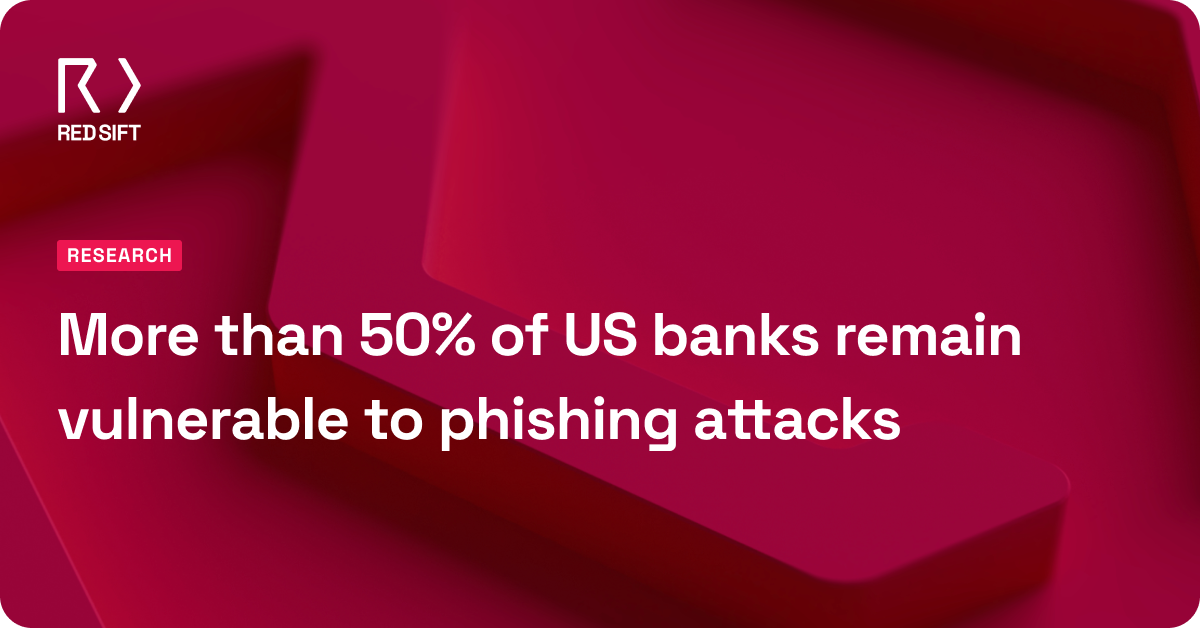In the retail industry, email is an integral part of doing business. Every day, hundreds of thousands of retail businesses worldwide rely on email for their internal and external communications. But the very prevalence of email makes it an attractive target for cybercriminals looking to steal money or data — or both.
Email deliverability and protecting your brand reputation are more important than ever, especially for retail brands.
Download our report and find out more about:
- The top email security threats currently facing retailers today
- The trends of email security setups (or lack of) within the industry
- Why DMARC and BIMI can help organizations avoid falling prey to breaches and fraud
- How to increase the deliverability of legitimate emails with





